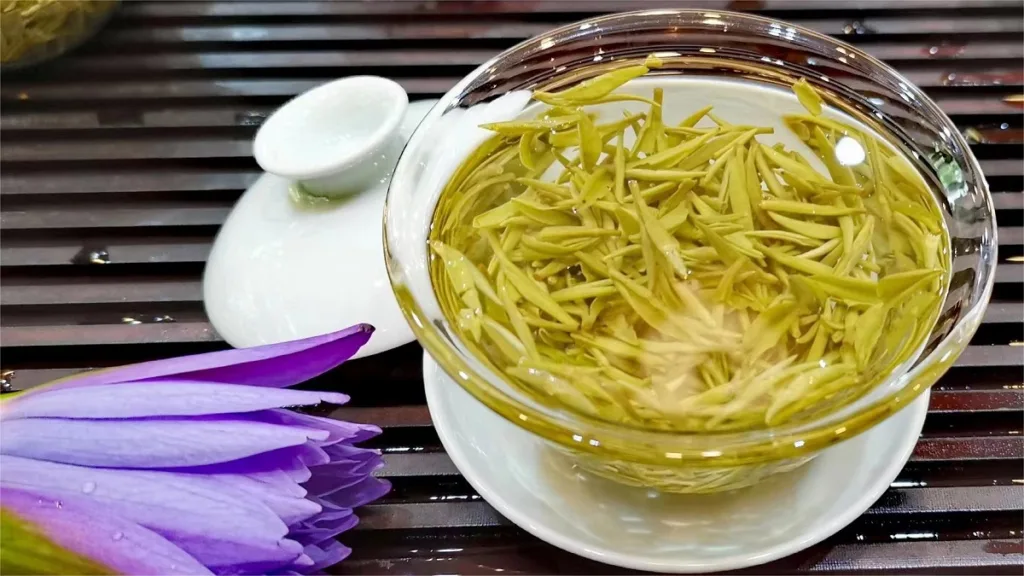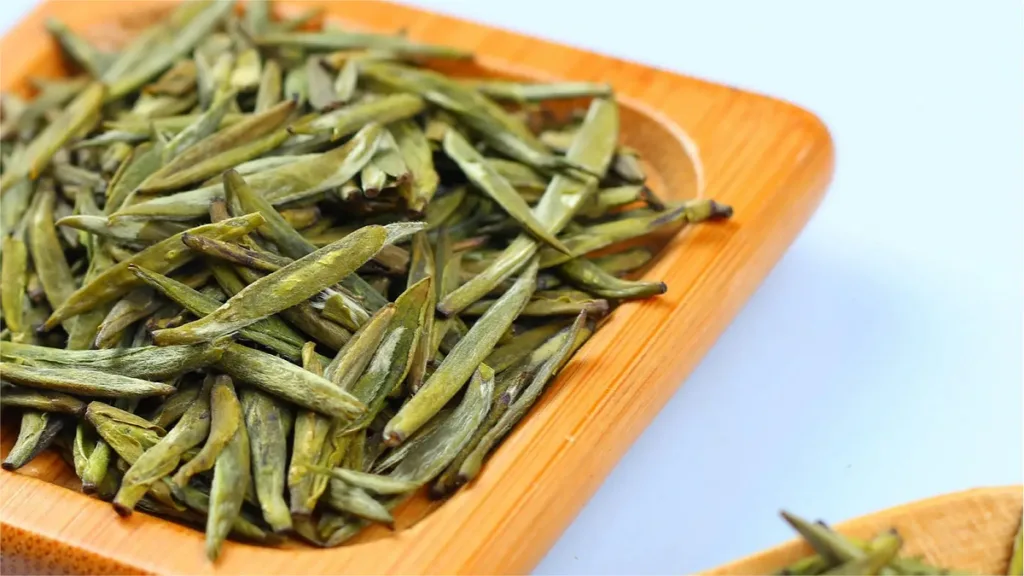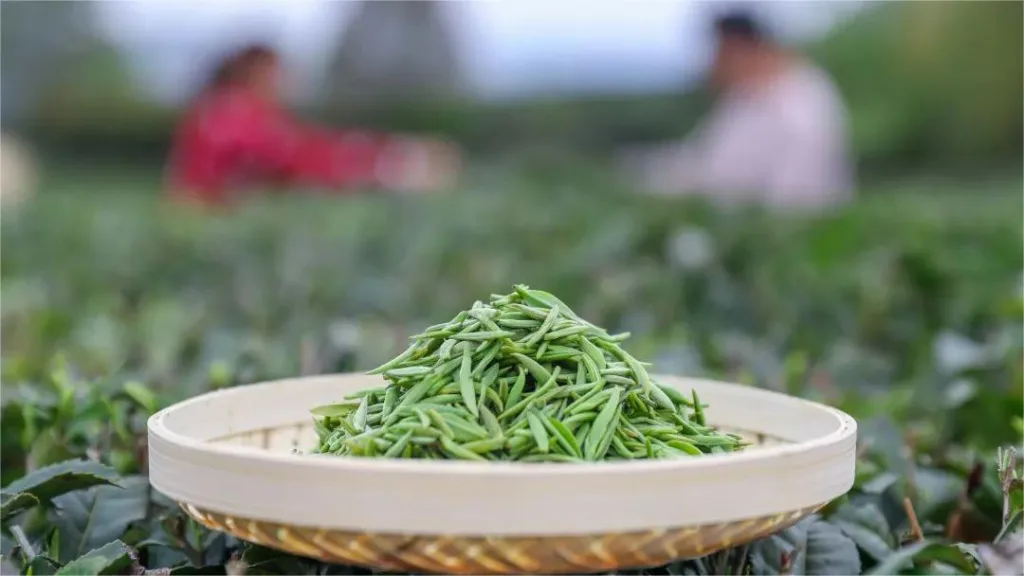Weijiang Bai Maojian Tea (沩江白毛尖), also known as “Duyun Fine Hairy Tips,” “White Hairy Tips,” “Fish Hook Tea,” and “Sparrow’s Tongue Tea,” is a renowned Chinese tea variety that stands out for its fine, needle-like leaves, greenish-yellow color, abundant white down, refreshing flavor, and clear aroma. It boasts a higher content of polyphenols, roughly around 10% more than regular tea leaves, and a substantial amount of amino acids.
Originating from the western region of Daxi Mountain in Ningxiang County, Hunan Province, Weijiang Bai Maojian tea has a rich history and earned recognition both nationally and internationally. In 1915, it received an award at the Panama International Exposition, and in 1983, it was recognized as one of China’s top ten famous teas.
Historical Significance
The history of Weijiang tea can be traced back to the Tang Dynasty. During the Republic of China era, it was documented as being as fragrant, tender, and pure as Longjing and Wuyi teas. The best quality tea was said to come from within the confines of the Mi Yin Temple. Legend has it that an elderly Zen master residing in the temple possessed exceptional tea-making skills and an uncanny ability to discern the optimal locations for tea cultivation within the Weijiang region.
Weijiang Bai Maojian tea was already esteemed during the Ming Dynasty and was particularly favored by Emperor Chongzhen, who bestowed upon it the name “Fish Hook Tea.” The favorable climate, abundant rainfall, misty surroundings, and fertile soil in Weijiang contribute to the ideal conditions for tea cultivation. The tea plants often grow alongside the brooks and valleys, sheltered by lush evergreen conifers and broadleaf trees, creating a moist and diffused light environment that promotes robust growth and prolongs the tender tea leaf phase.
Brewing Method
To fully savor the unique characteristics of Weijiang Bai Maojian tea, it’s important to follow the appropriate brewing method:
Step 1: Prepare your tea utensils. For brewing Weijiang Bai Maojian, it is recommended to use a transparent glass cup or covered bowl. Rinse the utensil with warm water, which also helps to warm the cup.
Step 2: Measure an appropriate amount of Weijiang Bai Maojian tea leaves, using a ratio of 1:50, and place them in the tea cup.
Step 3: Pour a small amount of water at around 85-90 degrees Celsius over the tea leaves, enough to submerge them. Allow the yellow tea leaves to soak briefly.
Step 4: Continue to pour 85-90 degrees Celsius hot water into the cup, filling it to about seven-eighths full. Let it steep for approximately 30 seconds before savoring the tea.
Health Benefits
Weijiang Bai Maojian tea is considered beneficial for digestive health. During the brewing process, it releases a significant amount of digestive enzymes, making it particularly useful for those with indigestion, poor appetite, or weight issues.
Rich in polyphenols, amino acids, soluble sugars, and vitamins, Weijiang Bai Maojian tea offers notable advantages in preventing and treating esophageal cancer.
Additionally, it can help in softening blood vessels, reducing blood pressure, and lowering cholesterol levels. These benefits are particularly valuable for older adults as it can help counteract age-related health issues such as hypertension and high cholesterol, thanks to its ability to soften blood vessels and improve overall cardiovascular health.




